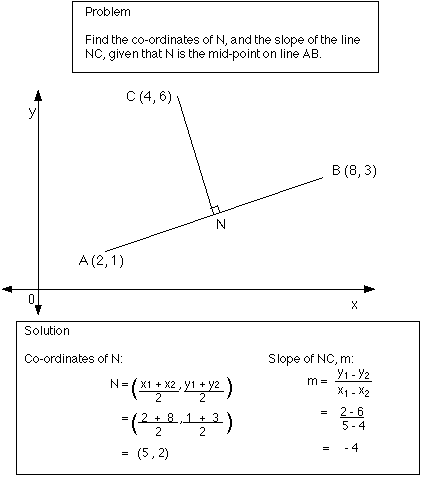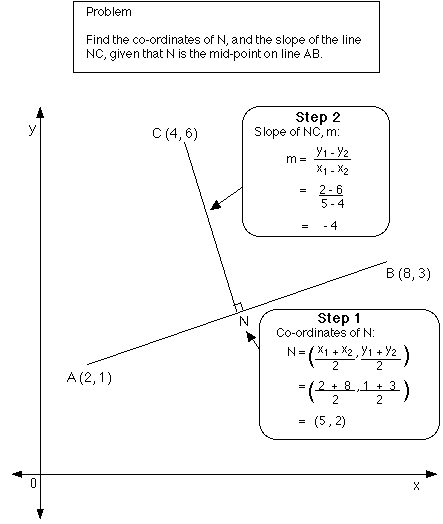The Split Attention Effect
When information is presented in a spit format with two or more sources of mutually referring information, the learner needs to visually search for, and mentally integrate, the multiple sources. The cognitive resources used in the process of search and mental integration are consequently not available to be used in the learning process.
Integrating mutually referring sources of information into a single cohesive resource frees cognitive resources from the tasks of search and mental integration, and thus are made available to be applied in learning.
Mutually referring sources of information need to be modified so that information is presented in a single cohesive manner.
Materials that contain two separate sources of repeated textual information should be rewritten so that only a single source of such information is presented.
When related textual information and graphical information are presented, textual information should be physically integrated into the graphical source, with statements regarding specific elements placed as close as is practical to those elements in the associated graphic.
If it is not practical to implement physical integration then other techniques can be used to mitigate the need for search and association. These include the use of speech bubble tails that point to specific graphical elements and colour coding which make clear the associations between textual and graphical items.
In an interactive environment, the use of ‘pop ups’ on mouse roll-overs or mouse clicks can be used to trigger presentation of text adjacent to the selected item.
The critical need is to reduce the search activities required from learners.
Instructional materials should be designed to minimise a learner's search and mental integration of information.
Many instructional materials require both a graphical component and a textual component of information. Conventionally, the graphic is presented with the associated text above, below, or at the side. Sometimes these may be presented with a very high level of physical separation, such as across different pages in a manual.
Embedding textual elements to sit within the graphic and placed near to the associated graphical elements is a common way of integrating information.
Split attention effects will also be imposed when presenting information across two or more media, such as a reference manual and a computer screen. An integrated format which presents a unified source of information, either all presented within the reference manual, or all presented via computer screen, will enable the removal of one media source.
Consider this conventional mathematics based example, taken from Sweller, Chandler, Tierney & Cooper (1990).

The presentation may be restructured to improve learning by physically integrating the solution into the graphic to produce a single source of instructional information. This eliminates the need to split attention between the graphic and the text. The association between the text and the graphic is clearly indicated.

Consider the instructional material presented below dealing with electrical testing. (Taken from Chandler & Sweller, 1991)
INSULATION RESISTANCE TESTS
a) CONDUCTORS IN PERMANENT WIRING
Test : To test Insulation Resistance from conductors to earth.
How conducted : i ) Disconnect appliances and busways during these tests. Make sure mainswitch is "on" and all fuses are "in". Remove main earth from neutral bar and set meter to read insulation. Connect one lead to earth wire at MEN bar and take first measure by connecting the other lead to the active. Take next measure by connecting the lead to the neutral. ii) If resistance is not high enough in either of the two tests in i) then measure each circuit separately.
Results required :
i) At least One Megaohm
ii) Same result as i) above

Again, by reformatting the material so that the instructions are integrated into the graphic, learning is enhanced. In fact, in this study, evidence indicated better performance resulted on both theoretical and practical tests.
Cues & Signals:
Hartley, J. (2003). Improving the Clarity of Journal Abstracts in Psychology: The Case for Structure. Science Communication, 24(3), 366–379. http://doi.org/10.1177/1075547002250301
Jeung, H., Chandler, P., & Sweller, J. (1997). The Role of Visual Indicators in Dual Sensory Mode Instruction. Educational Psychology, 17(3), 329–345. http://doi.org/10.1080/0144341970170307
Lorch, R. F., & Lorch, E. P. (1996). Effects of organizational signals on free recall of expository text. Journal of Educational Psychology, 88(1), 38–48. http://doi.org/10.1037/0022-0663.88.1.38
Mautone, P. D., & Mayer, R. E. (2001). Signaling as a cognitive guide in multimedia learning. Journal of Educational Psychology, 93(2), 377–389. http://doi.org/10.1037/0022-0663.93.2.377
Sternberg, R. J. (1996). Cognitive psychology. Fort Worth: Harcourt Brace College Publishers.
Integrate explanatory text:
Moreno, R., & Mayer, R. E. (1999). Cognitive principles of multimedia learning: The role of modality and contiguity. Journal of Educational Psychology, 91(2), 358–368. http://doi.org/10.1037/0022-0663.91.2.358
Tindall-Ford, S., Chandler, P., & Sweller, J. (1997). When two sensory modes are better than one. Journal of Experimental Psychology: Applied, 3(4), 257–287. http://doi.org/10.1037/1076-898X.3.4.257
One delivery medium
Cerpa, N., Chandler, P., & Sweller, J. (1997). Some condiitons under which integrated computer-based training software can facilitate learning. Journal of Educational Computing Research, 15(4) 344-367. http://doi.org/10.2190/MG7X-4J8N-CKYR-P06T
Chandler, P., & Sweller, J. (1992). The split-attention effect as a factor in the design of instruction. British Journal of Educational Psychology, 62(2), 233–246. http://doi.org/10.1111/j.2044-8279.1992.tb01017.x
Chandler, P., & Sweller, J. (1996). Cognitive Load While Learning to Use a Computer Program. Applied Cognitive Psychology, 10(2), 151–170. http://doi.org/10.1002/(SICI)1099-0720(199604)10:2<151::AID-ACP380>3.0.CO;2-U
Kalyuga, S., Chandler, P., & Sweller, J. (1999). Managing split-attention and redundancy in multimedia instruction. Applied Cognitive Psychology, 13(4), 351–371. http://doi.org/10.1002/(SICI)1099-0720(199908)13:4<351::AID-ACP589>3.0.CO;2-6
Leahy, W., Chandler, P., & Sweller, J. (2003). When auditory presentations should and should not be a component of multimedia instruction. Applied Cognitive Psychology, 17(4), 401–418.

